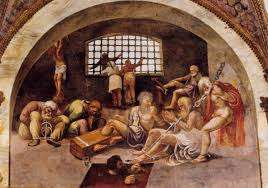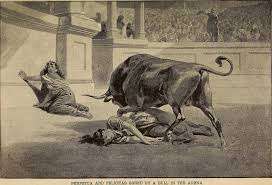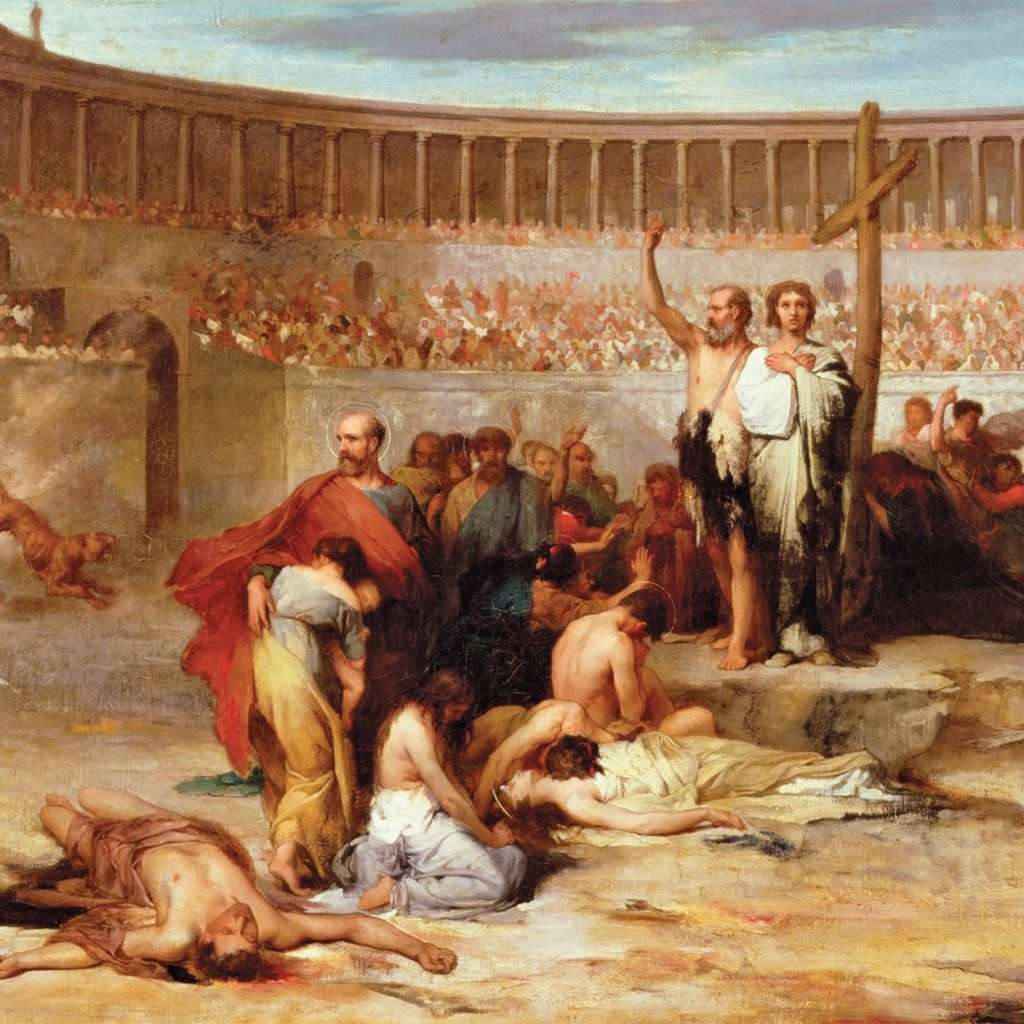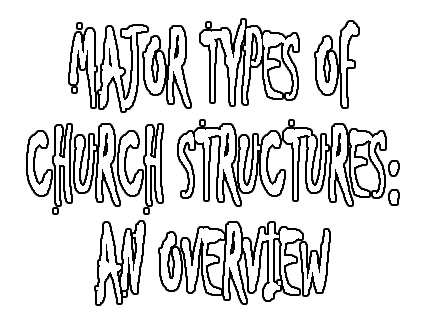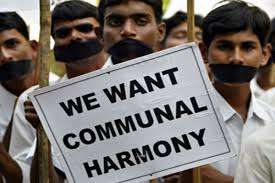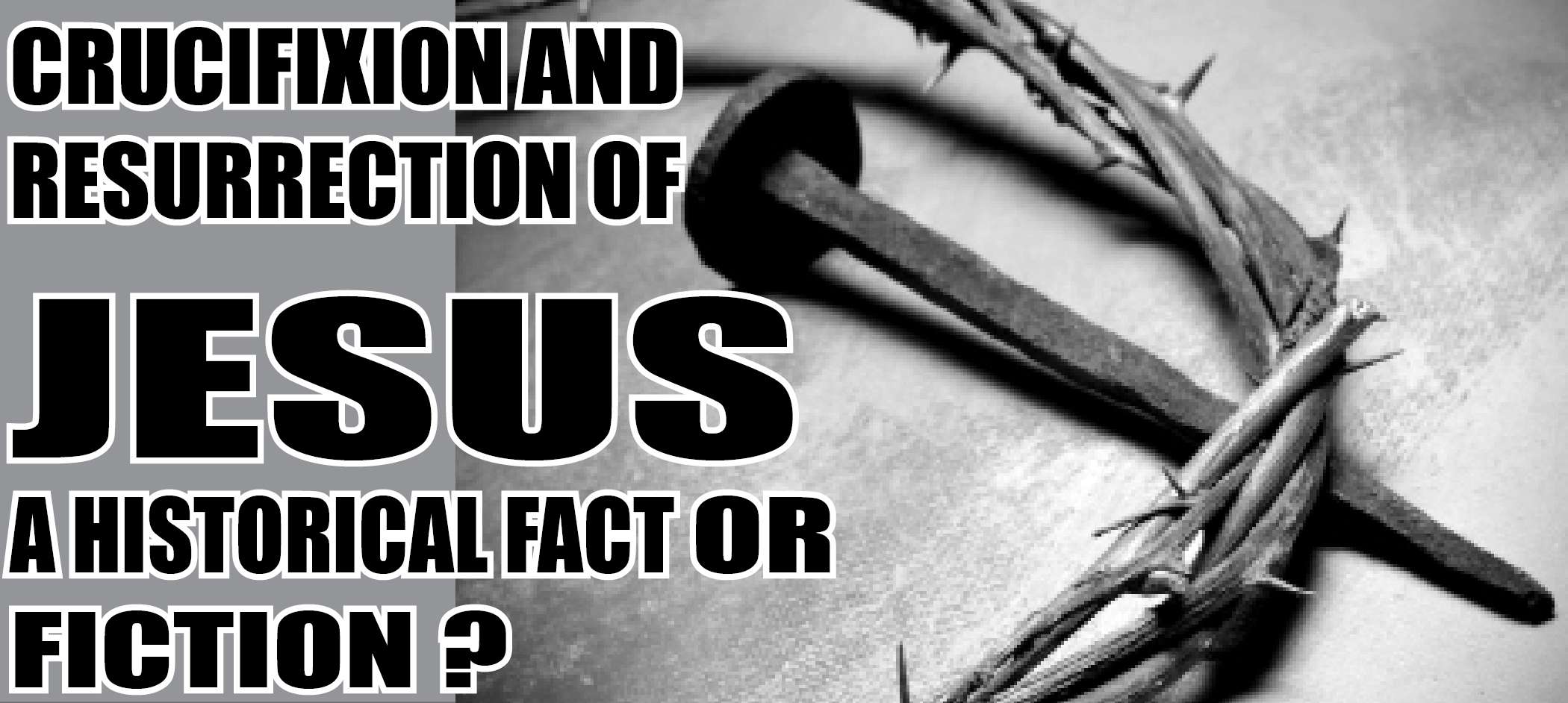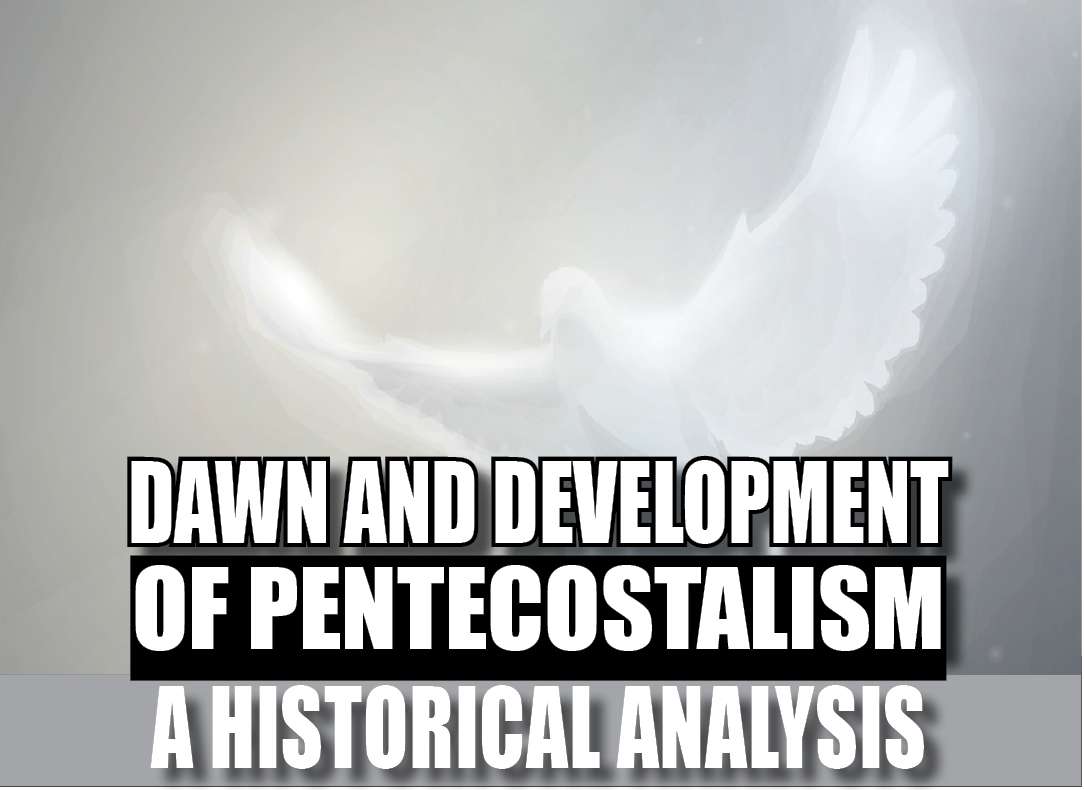
Dawn and Development of Pentecostalism a Historical Analysis
Dr. Rajeevan M. Thomas
Beginnings of modern Pentecostal movement is an epoch-making event in the long and varied history of Christianity.
Although global Pentecostalism is a modern event which took place in the 20th century, its historical root traces back to the first century at Jerusalem. Accordingly, the history of the origin of Christianity and Pentecostalism are one and the same. In fact, Pentecostalism is the essence of Christianity on the ground of the pragmatic level associated with the person and work of the Holy Spirit. Thus, the Holy Spirit is the fulcrum of Pentecostal experience, identity, theology and mission.
Christianity/Pentecostalism (Pentecostal experience) was manifested in the first century (Acts 2) and the modern Pentecostal movements and denominations started in the 20th century. It is quite euphoric to note that India was greatly blessed to have had both events hardly within the dawn of one or two decades of its emanation. As we live in the 21st century with numerous denominations including the new generation churches, it is vital to do a historical revisit to the first century apostolic church to shape or reshape Pentecostalism.
Pentecostal History: Terminological Understandings
Pentecostal history is a unique and progressive one. In order to decode the significance of the history of Pentecostal movements, we should grapple with two main terms: history and Pentecostalism.
Two queries swiftly rush to mind when we talk about history: 1. What is history? 2. What is the use of studying history? History is the study, the written record, interpretation, reflection, memories, etc., of past events. It is not simply a narration or segment of literature but a social science. It becomes history when it is articulated or documented with primary sources. Study of history is helpful to decipher and understand our heritage, legacies, identity, development scale, strength, weakness, and so on. One cannot accurately measure growth and present status unless we compare the past. Hence, all including Pentecostals need to study history for a self-critical evaluation for their smooth and safe journey.
The terms like Pentecostalism, Pentecostals, etc., are quite misleading terms due to its divergent connotations: a denomination, post-conversion experience, revival group, Holy Spirit movement, Dalit movement, spiritual experience, exercise of spiritual gifts, etc.
Pentecostals are Christians with a personal experience of divine grace and salvation, baptism of the Holy Spirit, spiritual gifts including other tongues and faith healing
(I Corinthians 12), emotional worship and passion for mission. Steve Durasoff gives an agreeable answer to the query, "Who is a Pentecostal?" According to him, “Pentecostals are Christians, most of whom believe in all the historical doctrines of Christianity. What makes them Pentecostal Christians is their earnest desire to recapture the early practices of the first followers of Jesus of Nazareth. They are Spirit-filled Christians who claim it is possible to duplicate the dynamic lives of the disciples, to know Jesus as a powerful person in the present, through the enablement of God the Holy Spirit” (1972, 3). Let me put it this way: Pentecostalism is the ‘spiritual software’ in the ‘hardware’ of Christianity and it is the sum and substance of the life and culture of true Christians.
Historical Divisions of Pentecostals
Usually the division or taxonomy of history is arranged into three broad periods: ancient, medieval and modern period. But whenever and wherever discussions of Pentecostalism emerge, people refer only to the ‘modern’ period. Is Pentecostalism exclusively a ‘modern’ event? Most certainly not. Pentecostalism is not a denomination but a ‘spiritual experience’ that commenced in the first century. In both theory and praxis, Pentecostalism is a movement of the Holy Spirit. Started as a denomination in the modern period (20th century). Pentecostalism is not a modern invention but only a continuation of first century apostolic movement. A 2000 year old legacy that can be divided into three periods to trace out the antiquity and continuity of this historical movement.
Ancient period of Pentecostalism
The ancient period of Pentecostalism covers the apostolic and post-apostolic periods. Approximately, first 600 years of Christian church covers the ancient period. Biblically and historically, the starting point of the Pentecostal movement or experience hails back to the apostolic times, more explicitly on the day of Pentecost (Acts 2). The Christians got this nomenclature or adjective ‘Pentecostals’ out of their experience of the Holy Spirit on the day of Pentecost. All of the churches mentioned in the NT were formed as ‘Pentecostal churches’ as they exercised the gifts of the Holy Spirit and practiced the demands of Word of God. The term ‘Pentecostal denomination’ is a derivative of the last century. The Book of Acts and the various epistles of NT depict the vision and mission of the ancient Pentecostals. The history of the Christian church and that of Pentecostalism in ancient period is one and the same. Nevertheless, we have to understand the fact that during the end of the post-apostolic period, one can see the recession of the Pentecostal experience predominantly connected with Holy Spirit. The ‘Pentecostal church(es)’ had turned into ‘non-Pentecostal church(es)’
Reasons for the Decline of Pentecostal Experience
What eclipsed the Pentecostal movement at the end of ancient period? I would like to enumerate the following reasons behind the degeneration of Pentecostal movements:
i. The martyrdom of apostles and the delay of the Second Coming of Christ.
ii. The persecution of Christians by Jews and Romans.
iii. The sprouting and spreading of heresies like of Montanism.
iv. The emergence of doctrinal controversies and the multiplication of Christian schools of thought.
v. The expansion of Christianity from Jerusalem and apostolic mission centers into wider gentile world and its challenges.
vi. The influence of non-Christian philosophies on Christian theology and worship.
vii. The intrusion of political power in church and their control in determination of doctrines.
viii. Introduction of rituals, symbols and extra-biblical teachings/interpretations, based on reason.
ix. Lack of proper teachings particularly on spiritual gifts and advent of new teachers.
x. The development of elaborate leadership and administrative structures like episcopacy/papacy which replaced or substituted the theocracy (rule of
xi. God/ Holy Spirit)
The above stated and similar other reasons directly or indirectly contributed for the decrease of ‘Pentecostal nature’ of Christian church on the ground of the reduction of the Holy Spirit movements. During the end of the ancient period, the Pentecostal church or movement had lost one of its wings: Holy Spirit. All these challenges also consumed the time and focus of the leaders of the church and finally turned Christianity from the position of spiritual movement into a mere religion!
Medieval period of Pentecostalism
Can we articulate the history of Pentecostalism or Pentecostal church in the medieval period? If yes, what is the period of medieval Pentecostalism? As stated above, the ‘Pentecostal church’ of the apostolic period had turned into a mere Christian church or non-Pentecostal church from the 4th century onwards. Medieval period covers the initiation of Papacy (6th/7th century AD) up to the beginning of Reformation in the 16th century. Nevertheless, according to historical perception of Modern Pentecostal Movement, the Medieval Period extends up to the 19th century.
Generally, this period is regarded as the ‘Dark Age’. In addition to the neglecting of the Holy Spirit, the Medieval period witnessed the neglecting of scripture. The Scripture was substituted with ‘tradition’ by the ecclesiastical leaders like the Pope. The Holy Spirit was reduced into mere anointing oil. During the early medieval period, the second wing of the Pentecostal movement was lost – the Word of God. Thus, the church lost or neglected both - the gifs of Holy Spirit and the supremacy of Word of God (two fundamental elements of Pentecostals/Christians) and turned these centuries into the Dark Period. Nevertheless, it is unwise to say that the Pentecostal experience or Holy Spirit movement has been completely rooted out from the Christian world. Many individuals and monks testified of their Pentecostal experience. This is not appreciated publically because of the official teaching of the western church. The experience of speaking in tongues has been depicted as demonic. Thus, it remained an individual experience outside the orbit of the western church.
During the later medieval period, select Christian leaders such as Anthony of Padua (1195-1231), Vincent Ferrier (1350-1419), Francis Xavier (1506-1552) and others experienced the spiritual gifts in their respective mission field. Besides them, Lollards and Reformation leaders including Martin Luther, revival groups like Camisards (16th century), Quakers (17th century), Methodism, Shakers (18th century), Holiness Movement of the 18th and 19th centuries, the Divine Healing Movements and others also reported experiences of the spiritual gifts. Protestant Reformation caused great revivals in European nations (17th- 19th centuries). The rise of Anabaptist, Puritans, Pietism, the Great Awakening under Jonathan Edward, Charles Finny, D.L. Moody and others with their enormous works served as a great preparation for a modern Pentecostal revival. Nevertheless, these were largely personal and isolated experiences, and not the official practice of the public church.
It is the people who rejected the Holy Spirit and not vice-versa. We cannot say that the Pentecostal experience of the Holy Spirit stopped completely during the medieval period and was restarted in the modern period. Nevertheless, we cannot deny the fact that it was the Reformation leaders who brought back the ‘lost’ scripture to Christians.
Modern period of Pentecostalism
The very background of the modern Pentecostal movement can be summed up as follows: Reformation brought scripture, scripture brought revival, and revival brought missions from 17th to 19th centuries. It was only in 20th century, the church regained the lost Holy Spirit (Pentecostal) experience of the apostolic period with the modern revivals such as Topeka Revival, (1901), Welsh Revival (1903), Mukti Mission Revival, Azusa Street Revival (1905-6). The origin and growth of modern Pentecostal movements is greatly related to these revivals. After these revivals, a large number of Christians emerged globally with the unique Pentecostal experience, dissimilar to the traditional churches. Hence, they were branded as a new denomination (Pentecostal churches) based on their Pentecostal experience. Technically, they are known as the ‘modern Pentecostals’ or Pentecostal movements. Thus, what we witnessed in the 20th century is the emergence of Pentecostal churches or denominations. It is vital to note that the works and gifts of the Holy Spirit have never stopped but people failed to avail it due to their negligence or ignorance.
Topeka Revival
Topeka Revival of 1901 is regarded as the stepping stone of the modern Pentecostal movements. Charles Fox Perham (1873-1929) can be counted as the founding father of modern Pentecostalism. Bethel Bible School at Topeka in Kansas City was the venue of this revival. The first, well documented event of the baptism in the Holy Spirit in the life of Agnes Osman and others at this school moored the modern Pentecostal movements.
The Wales Revival
The Wales revival (1904-1905) led by Evan Roberts (1878-1951) was yet another notable contributory fact for establishment of the modern Pentecostal movements. Evan Roberts taught clearly about the personal experience of the spiritual baptism. This revival was declared to be the 'end time Pentecost'' of Acts chapter 2 and the 'latter rain'. This caused spread of Pentecostal revival to other parts of the world and in turn produced several Pentecostal leaders and was the connecting link to the rest of the revivals.
Azusa Street Revival
Azusa Street Revival, a continuation of the Topeka Revival, can be considered as the greatest revival recorded in the history of the Christian/ Pentacostal church. It served as the real starting of the modern global Pentecostal movements. William Joseph Seymour was the key charismatic leader of this revival who was the disciple of Charles Parham. He can be rightly regarded as the father of modern Pentecostal movements. Parham is considered the pioneer of Classical Pentecostals in North America. This revival occurred in 1906 at 312, Azusa Street, Los Angeles, California. It is significant to note that around 26 different denominations trace their Pentecostal origin to Azusa Street. Pentecostal missionaries were sent all over the world from Azusa Street reached 25 nations within two years including our India.
Historical Waves of Modern Pentecostal Movement
The history of modern Pentecostalism is the general summary of three main chronological waves. It shows the historical stages of the developments of Pentecostal movement. Some even count the new generation church movements of the present century as the fourth wave.
Classical Pentecostals
The classical Pentecostalism is the first wave that commenced in the beginning of the 20th century. Classical Pentecostals are active in churches, they strongly believe and experience the supernatural gifts of the Holy Spirit. The Assemblies of God, The Church of God, the United Pentecostal church, The India Pentecostal Church of God, etc., are the notable examples of Classical Pentecostals.
Protestant Neo-Pentecostals
Protestant Neo-Pentecostals are the members of the historic protestant denominations who have really experienced the speaking in tongues but are continue their membership and worship in their own protestant churches. Historically, it began to manifest from the 1950’s.
Catholic Pentecostals
The emergence of the Catholic Pentecostals in 1960s is a major milestone in the history of world Pentecostals. The students and professors of the Duquesne and Notre Dame Universities had the Pentecostal experience including glossolalia in 1967. They are very loyal to their own mother church. The Charismatic Movement of the Roman Catholic Church being a classic example.
Rapid Expansion of Pentecostalism
One of the lessons learnt from the history of the Christian church is that the real fruit of every revival is mission. The apostolic revival (Acts.2) which led to the apostolic mission, Protestant revivals in West led to the protestant missions in the Afro-Asian nations including India, and modern Pentecostal revivals of the 20th century in North America and other western and eastern nations led to the global Pentecostal mission. Few zealous protestant missionaries even longed to have the gift of tongues through the anointment of Holy Spirit for mission in alien lands.
American Azusa is regarded as the ‘Jerusalem’ of modern Pentecostal revival and mission. It produced a galaxy of world Pentecostal missionaries including Thomas Ball Barrett, the apostle of Pentecostalism in Europe. In less than a century, Pentecostalism spread to all continents. It is reported that around 35,000 people per day express allegiance by joining the Pentecostal churches. According to David Barrett, the beginning of this century had close to 520 million Pentecostal people worldwide.
Besides the above mentioned three waves of Pentecostalism, the contemporary Christian world, particularly in Global South, is witnessing the sprouting and spreading of numerous independent, charismatic groups or Pentecost-like mega churches. In long and short, the Pentecostals (church) is deemed the perfect Christian church, as one that follows all the teachings of Jesus and the apostles. They not only receive the baptism in the Holy Spirit but also exercise the gifts and fruits of Holy Spirit to become members of the body of Christ and parusia.
Analytical and concluding Comments
From the above historical survey, it is obvious that Pentecostalism that started in the first century has continued to the present century, with various ups and downs. Nevertheless, modern Pentecostal movements or mission and churches were started in the 20th century. The query on the historical start of modern Pentecostalism, including in India, is an enigmatic issue among contemporary scholars. Until recent past, it was commonly perceived that modern Pentecostalism was ‘made in’ America and later extended to other nations. Nevertheless, modern scholars are refuting this theory. As Douglas Jacobsen comments, it is difficult to trace the modern Pentecostal movement to any one particular individual or event. It began like a rain shower with a drop of Spirit-filled faith here and scattered round the globe. According to Peter Hocken, scholars from different parts of the world claim that the Pentecostal movement broke out in different places, Azusa Street being one among them (2009, 12).
The origin and development of Pentecostalism in India is also a debatable issue. Dr. A.C. George has pointed out two misconceptions with regards to the historical base of Pentecostal movement in India. One incorrect notion is that Pentecostalism in India is directly linked with Azusa Street Revival. The real fact is that Pentecostal or Pentecostal like movements began in India nearly fifty years before the Topeka and the Los Angeles revivals. Similarly, we need to be rectified that the revival of Pandita Ramabai’s Mukti Mission marked the beginning of Pentecostalism in India. It is probably due to two reasons: (i) Western historians paid very little attention to early Pentecostalism in India partly due to the lack of documented history (ii) more people have heard about ‘Pentecostal fire’ of Mukti Mission because of the international publicity given to this mission (2004, 29-30). Hence, the consensus that modern Pentecostal revival in the 20th century is a global revival movement, India included.
We have to accept the historical fact that all Christians are not Pentecostals; but all Pentecostals are Christians; similarly all Christians are not real Christians and all Pentecostals are not real Pentecostals. Hence, the Pentecostals should re-define their historical vision and mission in the changing world without losing the scriptural moorings in order to be relevant in the cotemporary scenario.
It is of utmost importance that all Christian denominations, including Pentecostals, ought to do a critical re-examination and evaluate how far they are devoted to /or deviated from the Apostolic Church before mortifying or gratifying Pentecostals/Pentecostalism. Only then can we be the salt and light of the world and fulfill His Great Commission within our life time. Contemporary Pentecostals who are at the cross roads should look into two mirrors to keep up Pentecostal experience in their respective churches: the Word of God and History!!!


